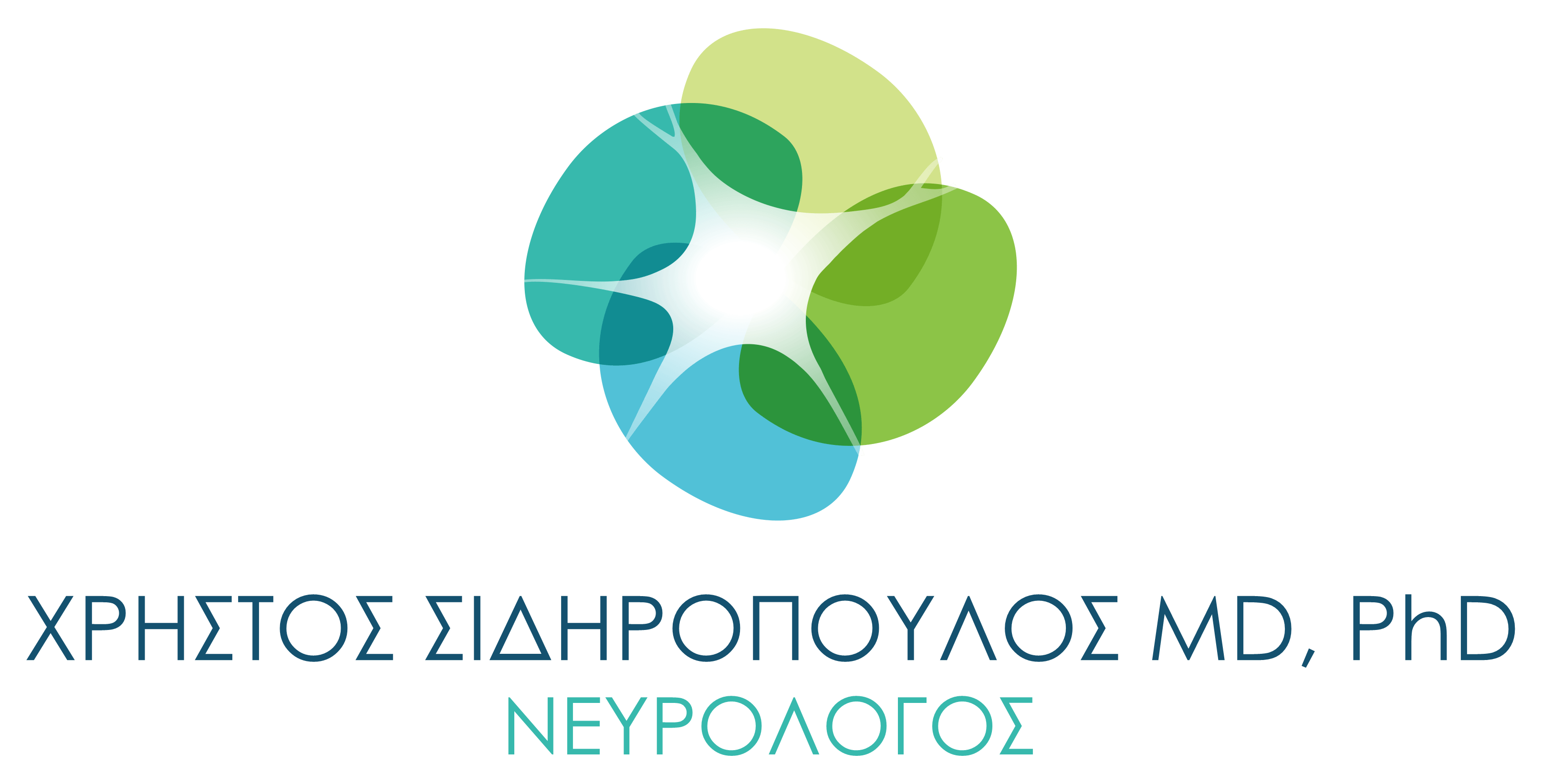The electromyogram (EMG) is a diagnostic test used by neurologists and other medical specialties to check the function of a person’s nerves and muscles. It differs from the results of CT or MRI which detect a lesion with great clarity but cannot give any information about the functional problems caused by this damage.
EMG is used to diagnose conditions such as:
- Damage to the peripheral nerve and neural plexus, as well as compressive neuropathies, like carpal tunnel syndrome.
- Polyneuropathies of any nature and cause (sensory, motor, sensorimotor, hereditary, degenerative, metabolic, toxic, paraneoplastic, etc).
- Anterior horn disorders or brainstem motor nuclei (amyotrophic lateral sclerosis, poliomyelitis, etc.)
- Neuromuscular junction disorders, such as Myasthenia Gravis and Lambert Eaton myasthenic syndrome.
- Myopathies, muscular dystrophies and myositides.
EMG is a relatively harmless examination, which does not require special preparation, lasting 45-60 minutes.
It consists of two parts:
- Nerve conduction studies (NCS) and
- the needle part (myogram)
During the first phase, electrical stimulation of specific groups of nerves is performed and the conduction velocities and other parameters are measured, while in the second phase, a thin needle is inserted inside the muscle, acting as a recorder of the electrical activity of the muscles at rest and during movement.


